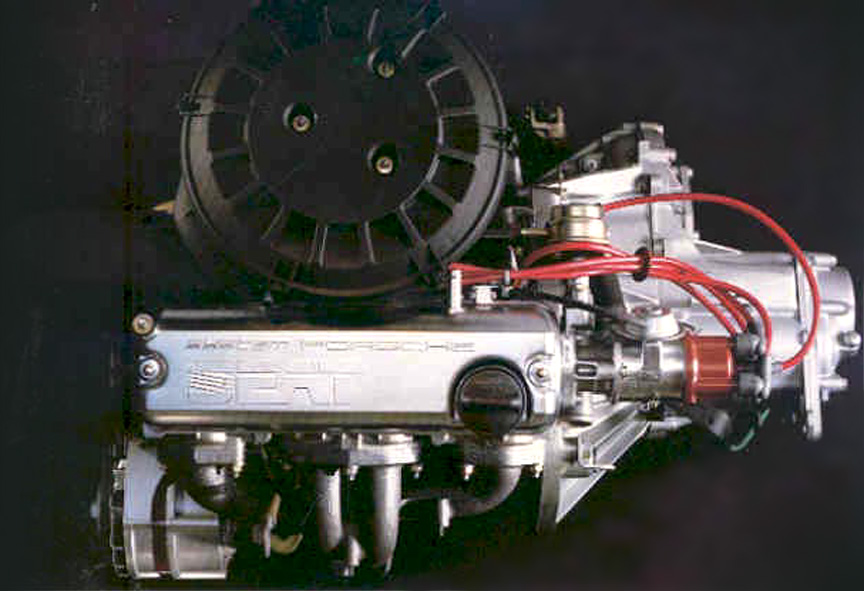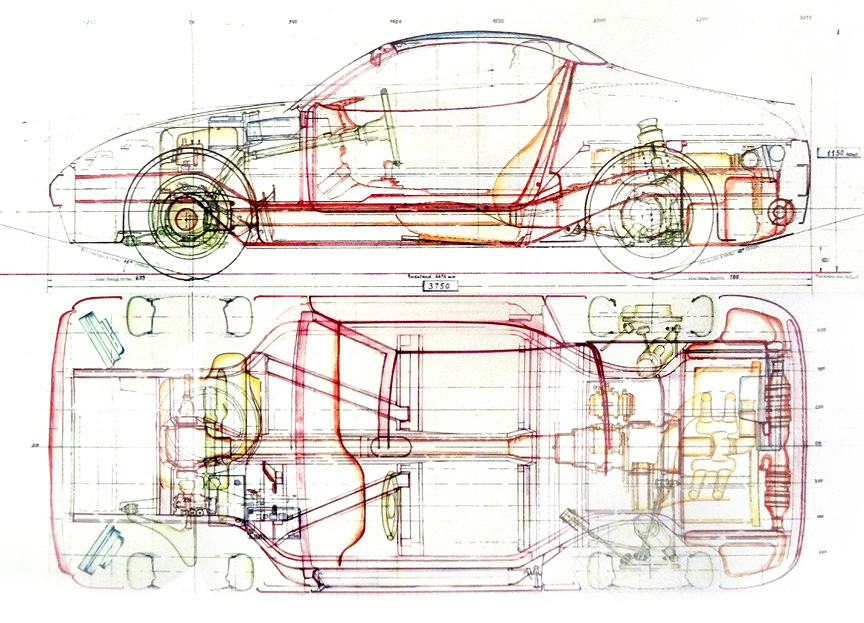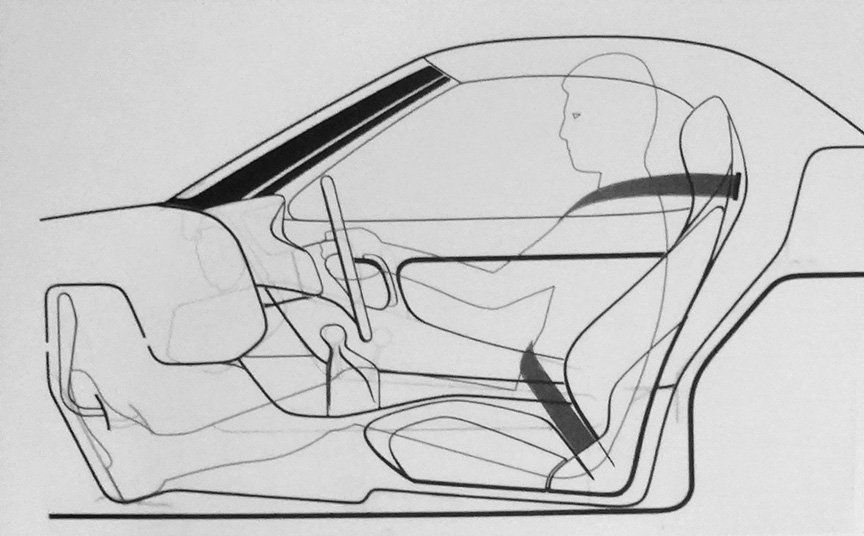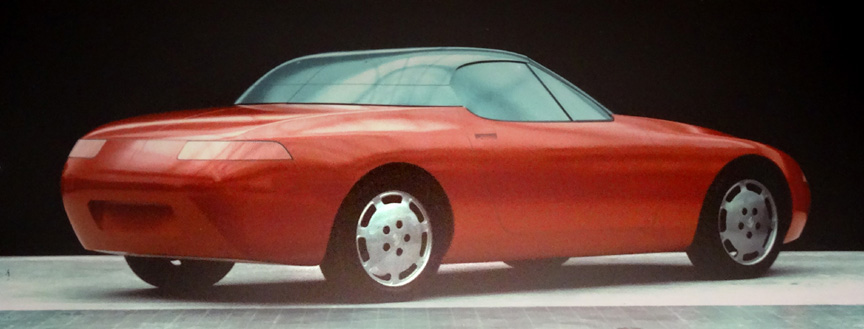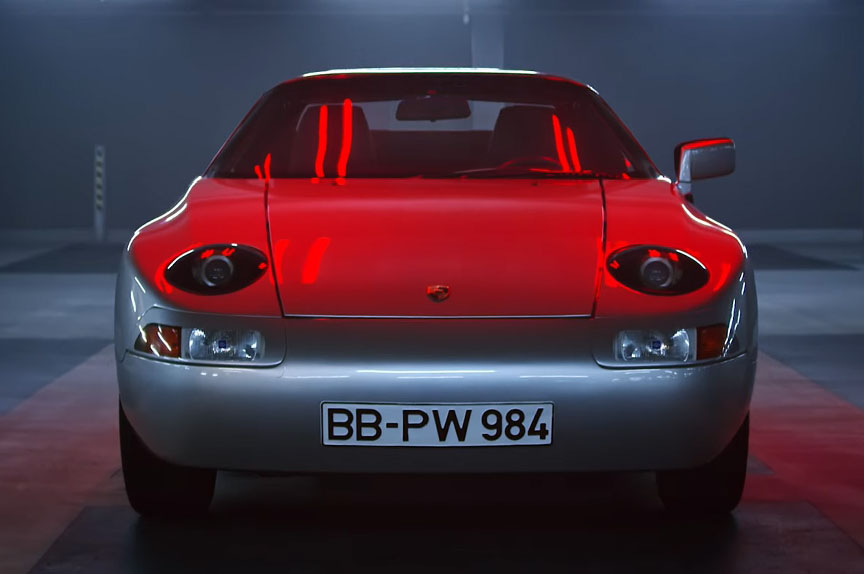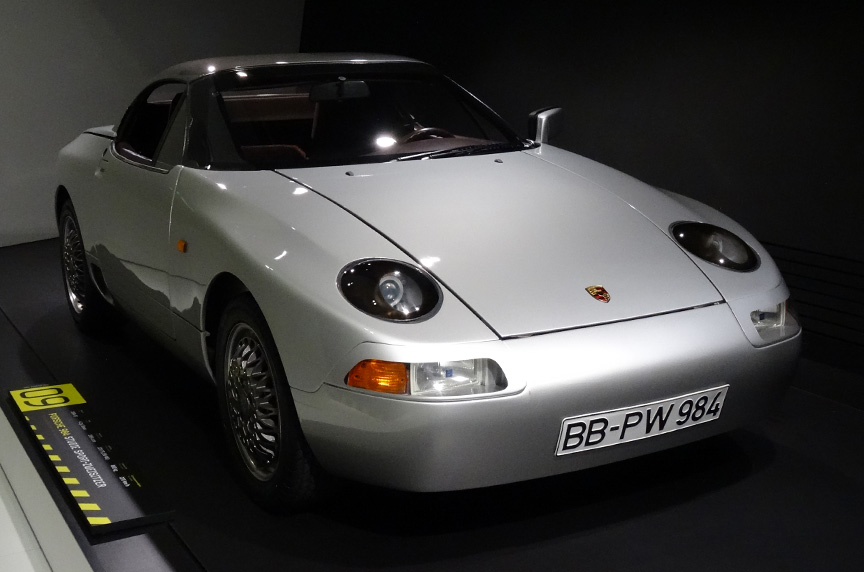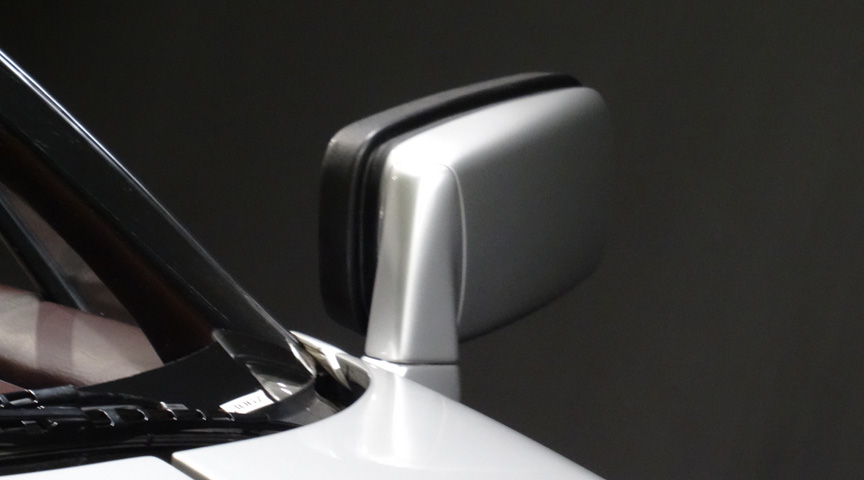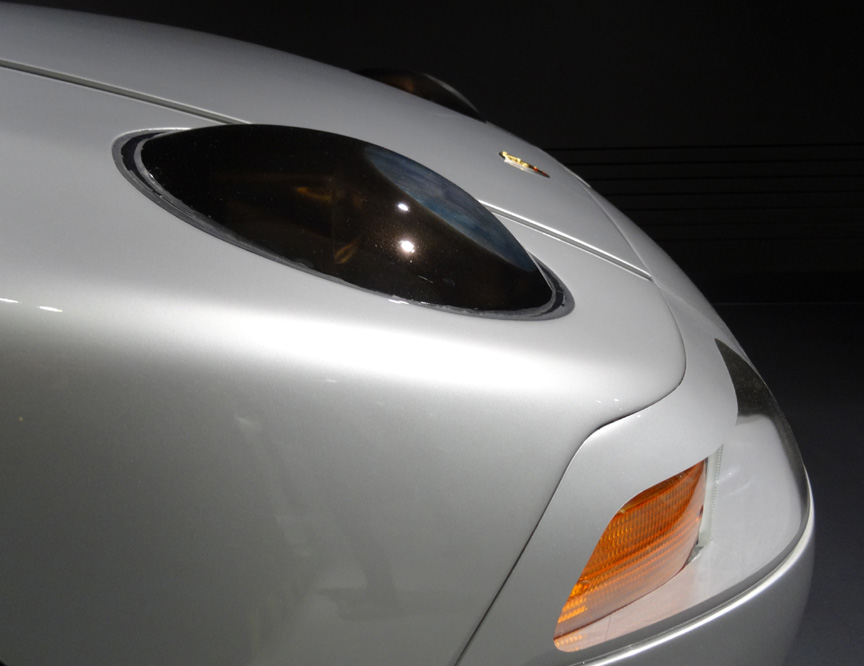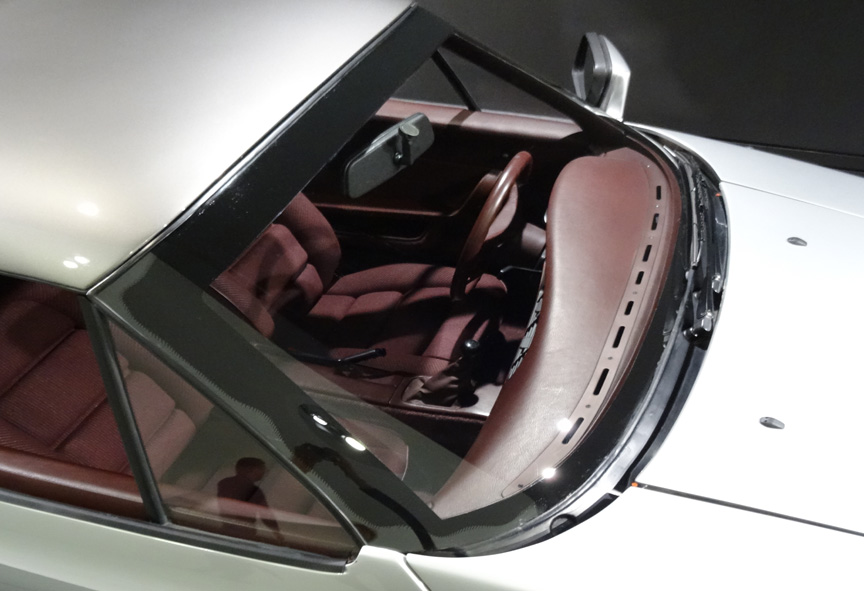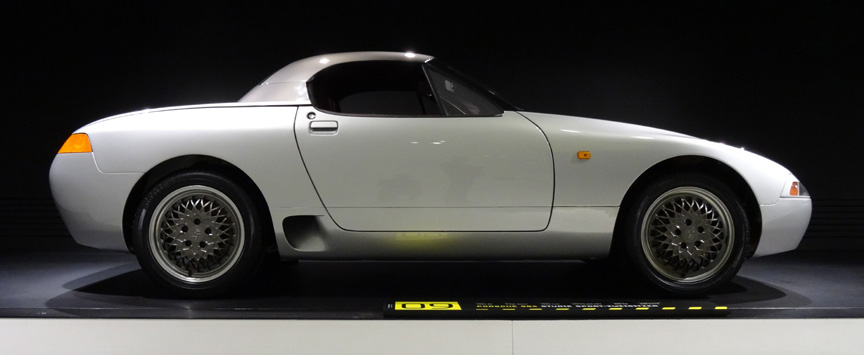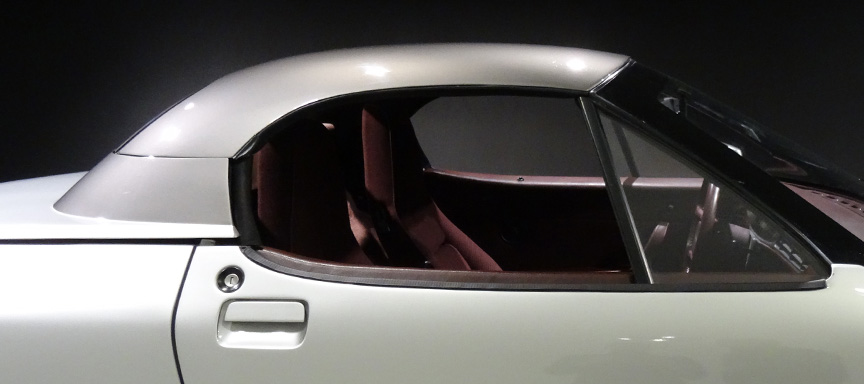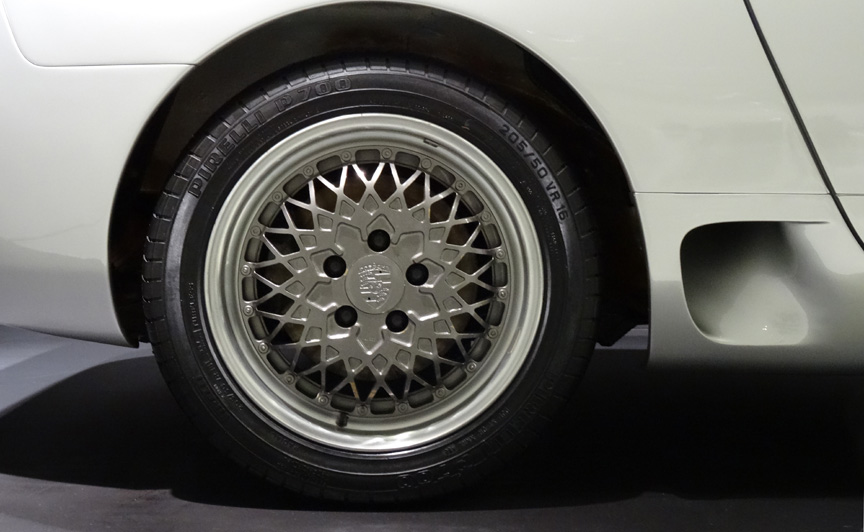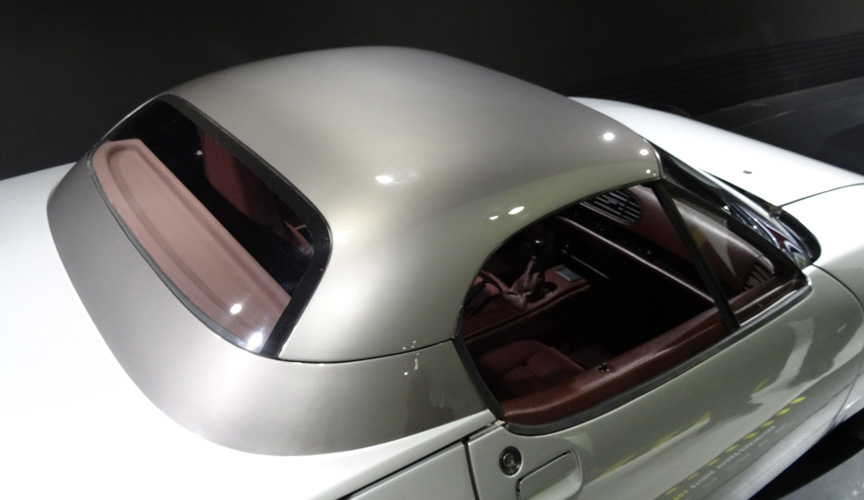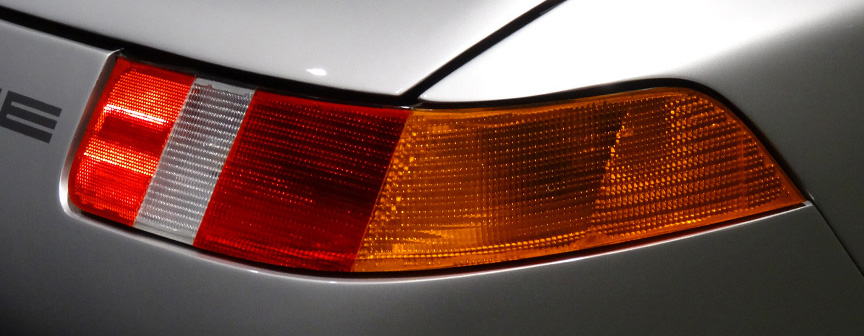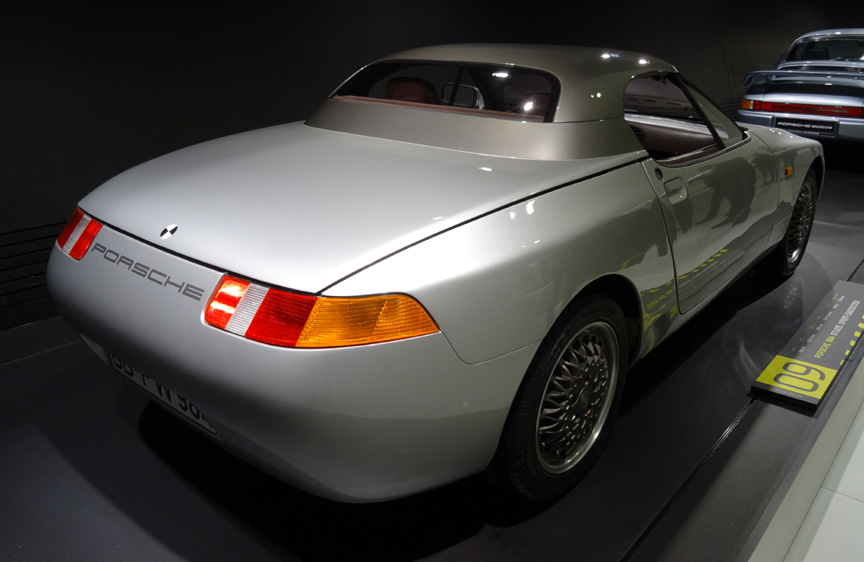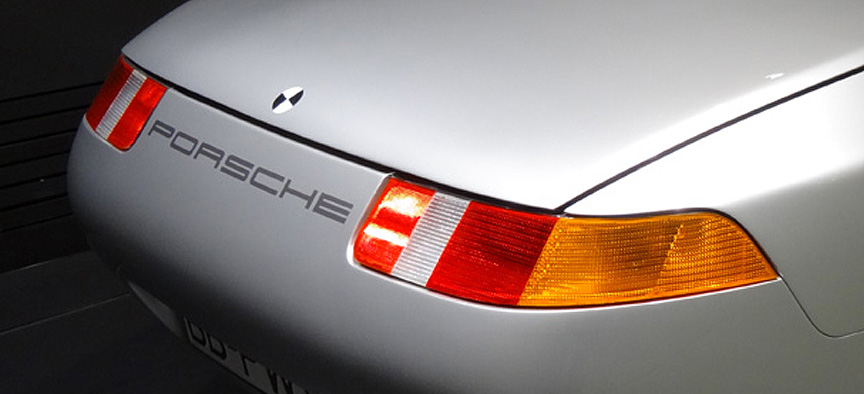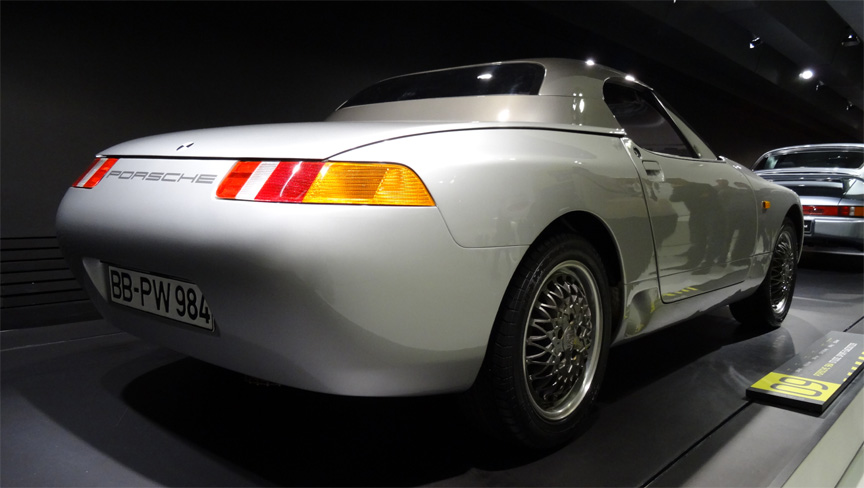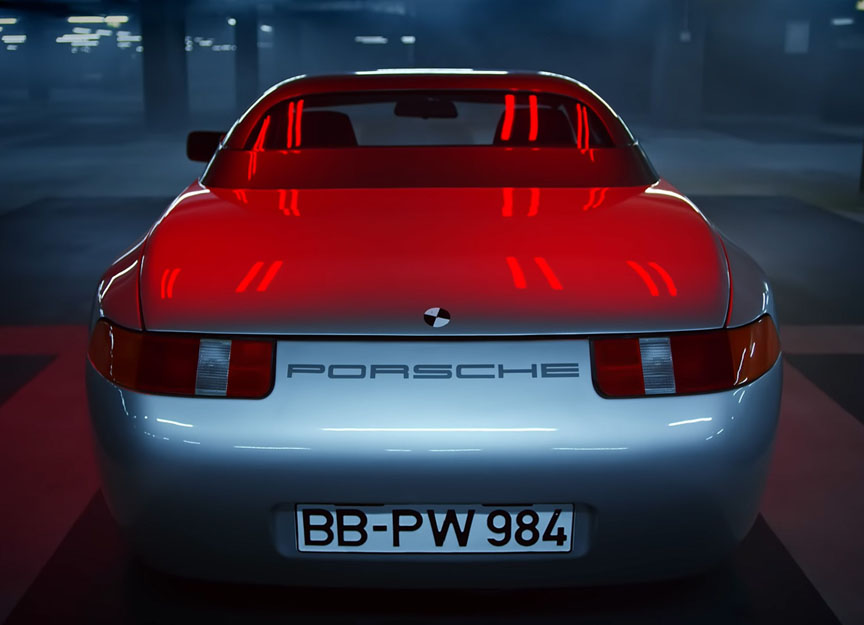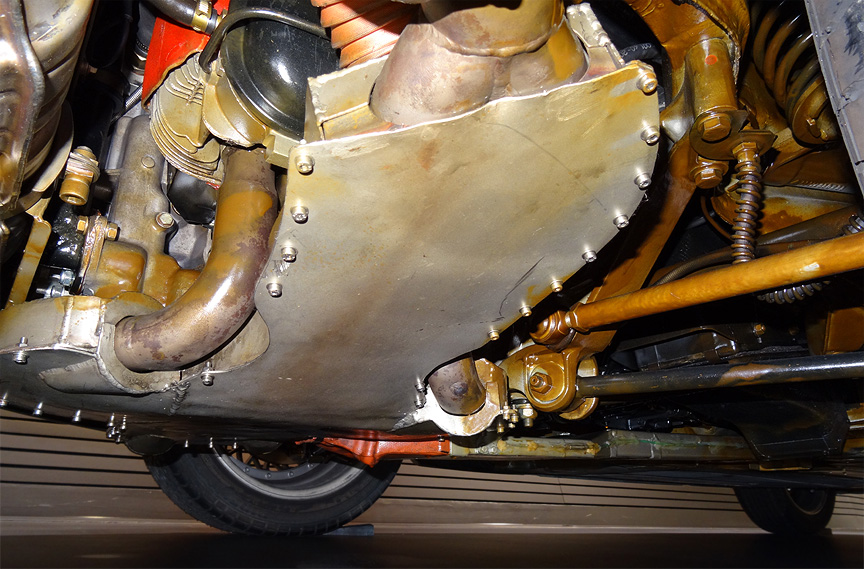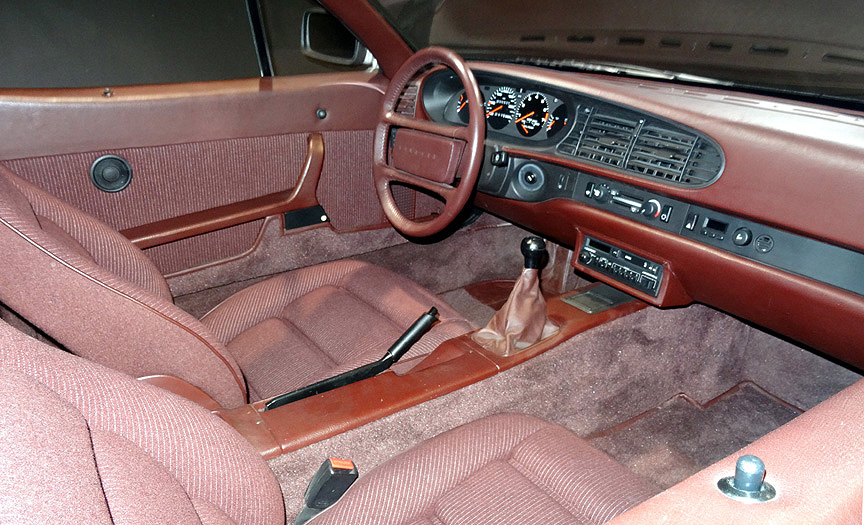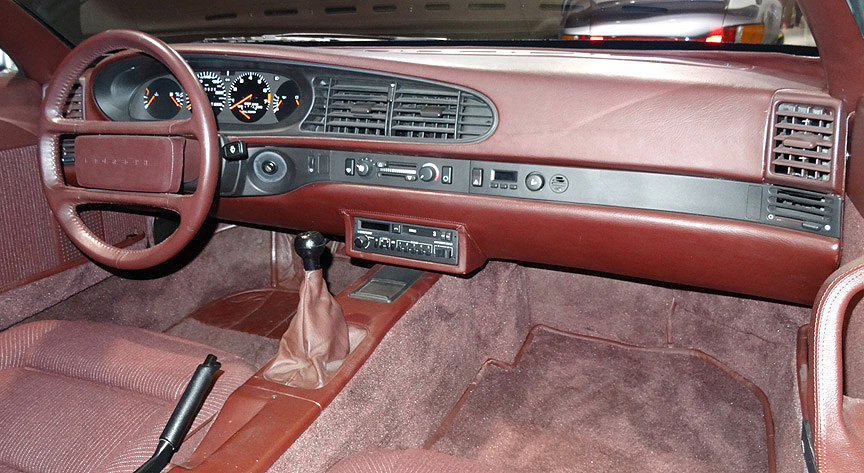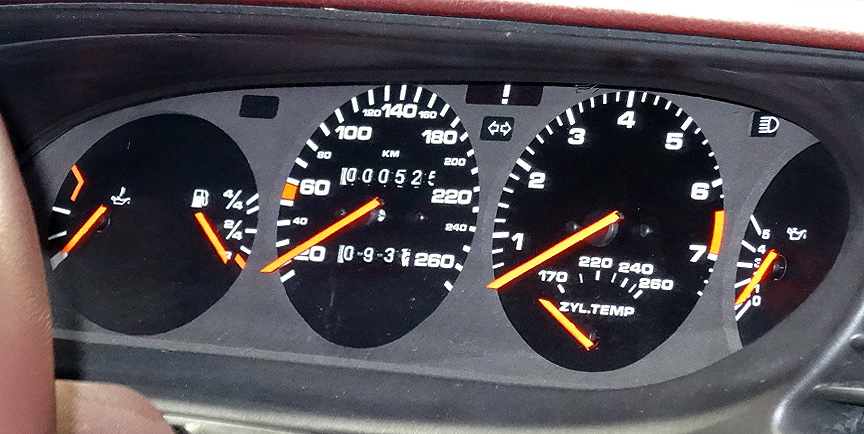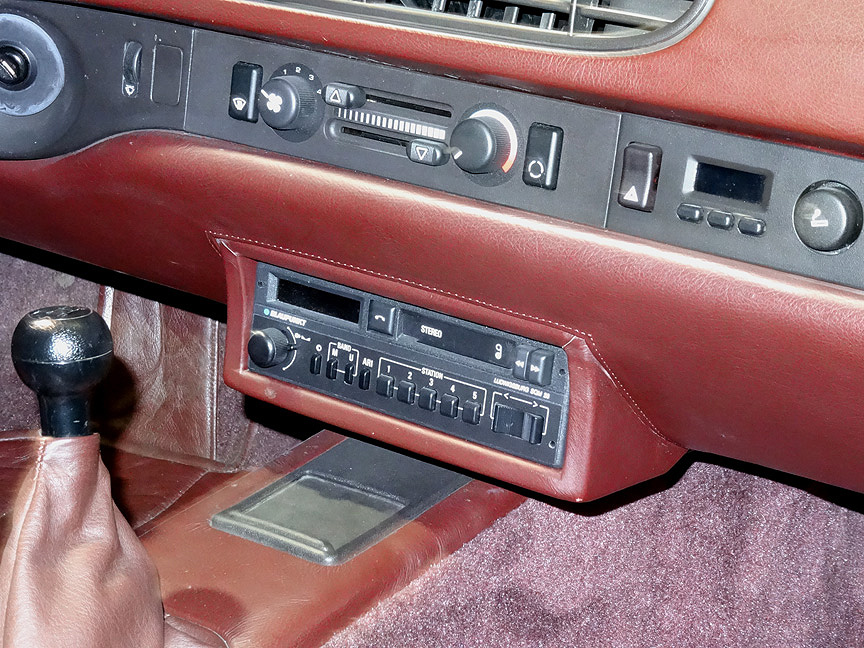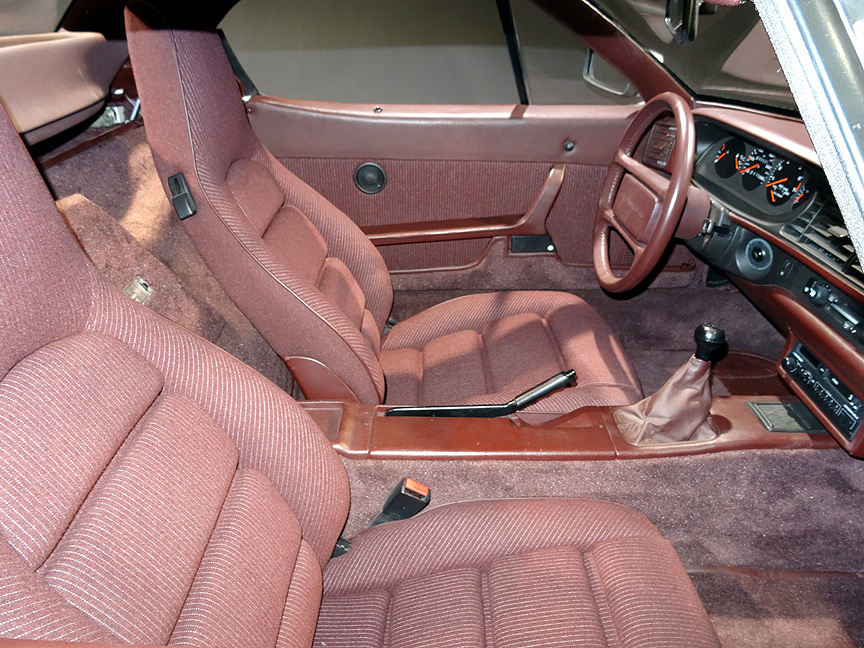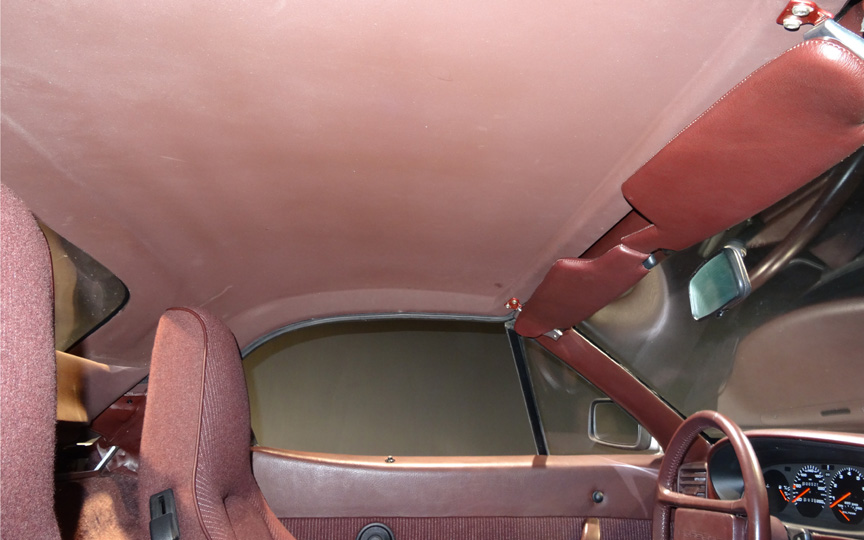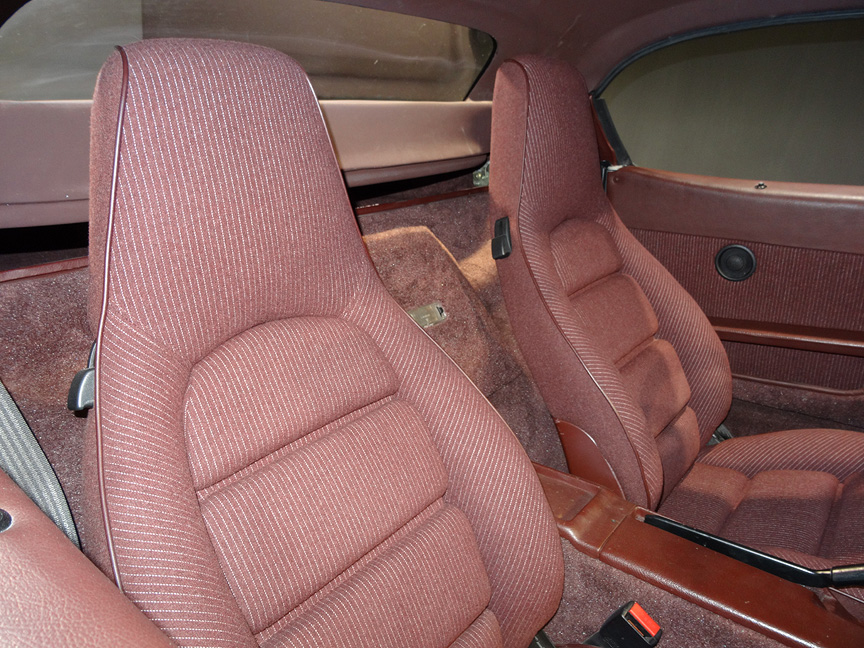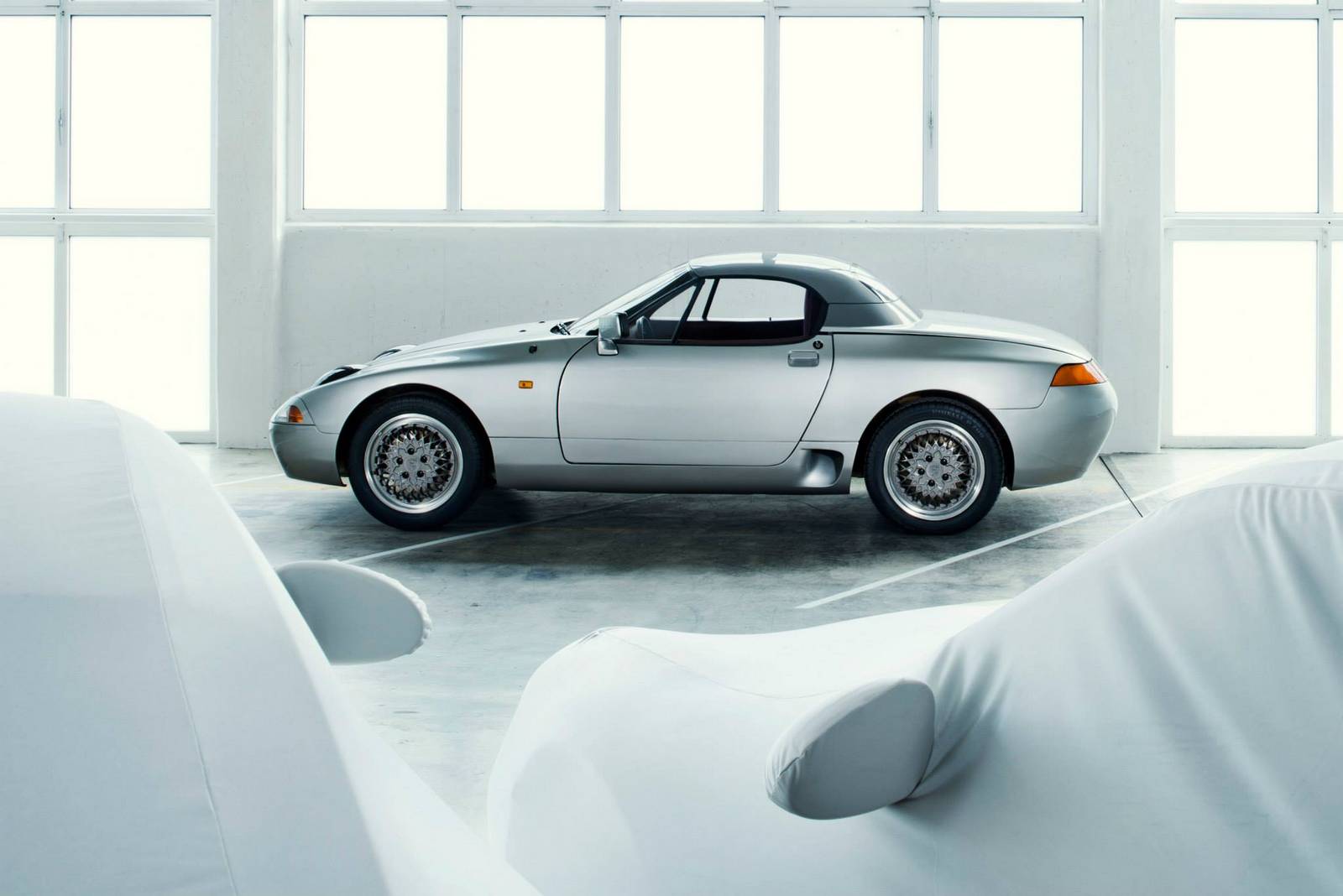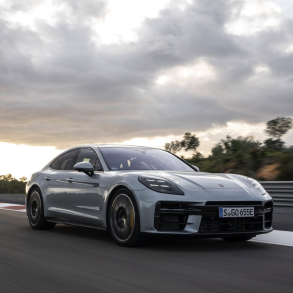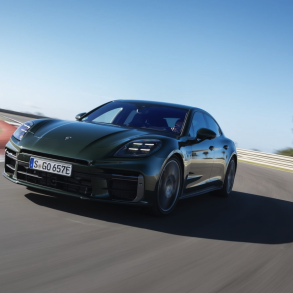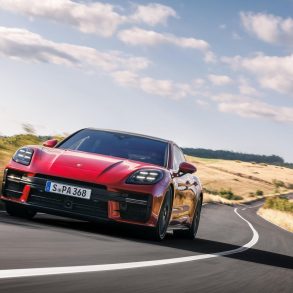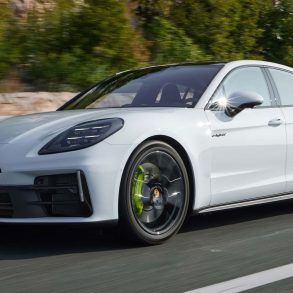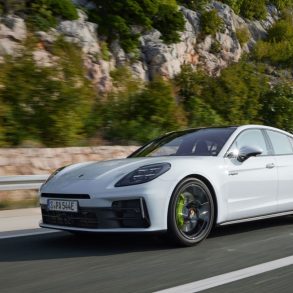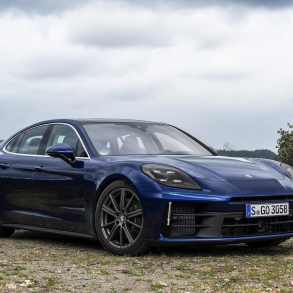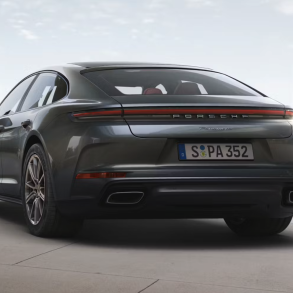Porsche 984 (1984 to 1987)
In Porsche’s Words
Sports two-seater concept car: As a study for a future vehicle concept, between 1984 and 1987 the Porsche Development Center in Weissach worked on a compact, lightweight, and aerodynamic roadster. The project was inspired by a development job previously undertaken for the Spanish automaker Seat. As a small and relatively inexpensive sports car in the price range of US$ 14,000, the Porsche 984 was designed to appeal to a young, sporty clientele.
The development objective was primarily focused on dynamic driving characteristics, to be achieved through low driving resistance rather than massive engine power. Low fuel consumption was also defined as a development objective. A drive concept with an air-cooled two-liter, four-cylinder rear boxer engine and an output of 120–150 hp (88–110 kW) was aimed at emphasizing the technological distinctiveness of the model.
A convertible version with an innovative folding hard-top was envisioned, as was an all-wheel-drive model for motor racing. The sales crisis precipitated by the plummeting dollar in 1987, however, put an early end to the 984 project.
Porsche-SEAT PS
This Porsche 984 article is about the Porsche-SEAT PS sports car idea and the materialized Porsche Junior concept car. In the beginning of 1980’s, Spanish car manufacturer SEAT contracted Porsche to develop inline 4-cylinder engines for its models Ibiza, Malaga and Ronda.
In 1984 the Porsche-SEAT co-operation also led to a sports car concept called the PS. It was supposed to be a small car (3675 mm long and 1100 mm high) with a transparent bubble roof. The low roof meant the headroom was sacrificed for the design. Naturally the supposed engine was the ‘system Porsche’ inline-4 with a 5-speed gearbox. The weight target was a low 880 kg / 1940 lb.
Although the PS looked very good on the drawing, the project didn’t materialize with SEAT. Still, Porsche didn’t discard the project yet at that point.
Porsche Junior
After the PS project was cancelled, Porsche didn’t give up yet and designed a new roadster called the Porsche Junior. The initial design saw a rear-engined car with a 4WD system.
Although the Junior looked very good when the prototype was finished, the PS might have looked even better. The Junior was more down to earth in terms of occupant headroom and so the roof was made higher. While the 4WD system was dropped, the optional retractable hardtop remained an interesting feature. In the beginning of the Junior project it was still of transparent plastic like seen on the red mock-up model. Unfortunately it was not anymore in the double-bubble design as seen in the PS project.
A new 88-110 kW Porsche 2-litre flat-4 air-cooled engine was considered with a 5-speed manual gearbox. While the engine in the PS was supposed to have its weight in front of the rear axle (mid-engined car), the flat-4 in the Junior was mounted with its weight behind the rear axle, like in the 356 and the 911. The Junior was designed to be a very affordable car and many parts were taken from other Porsche models to save development costs. Like with the PS, the focus on making the Junior was on giving it lighter weight instead of higher power. Thanks to the light weight, even with the relatively low engine power the estimated top speed was 137 mph / 220 km/h.
From day one the Junior project saw a car with the sales price lower of the Porsche 924 and dramatically lower of the 944, but that couldn’t be achieved and the project was terminated in 1987. After the 984 prototype, the multi-link suspension was used in the 4-door Porsche 989 concept and was finally put into production with the 993-generation 911 in 1993.
Pictures & Details

